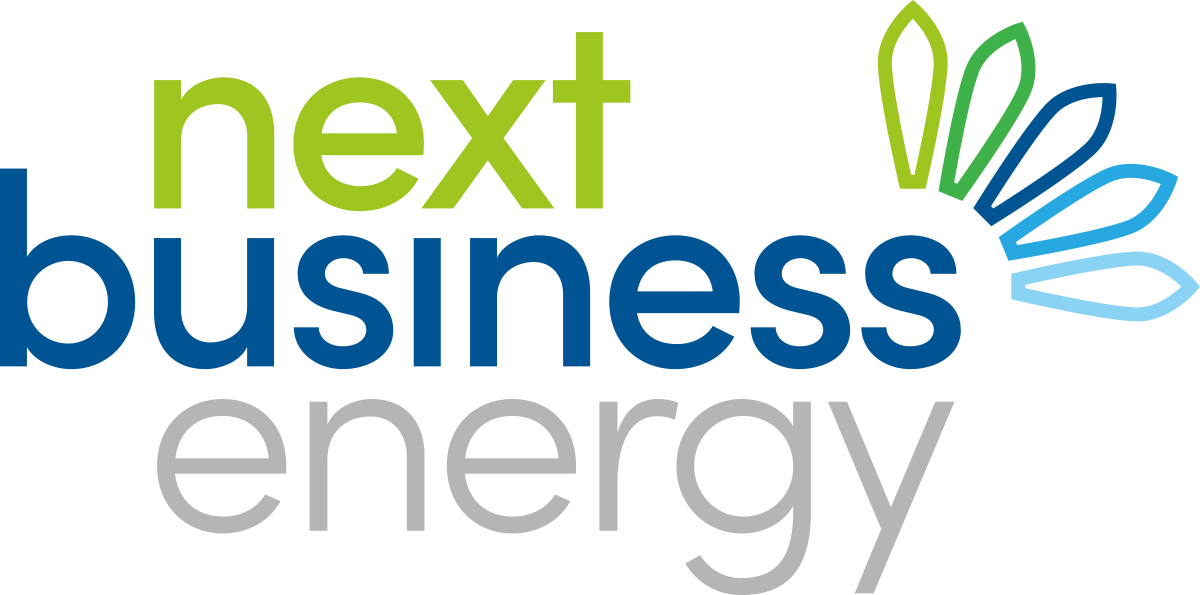Australian businesses are facing a new era of volatile and rising energy prices. Wholesale electricity costs have surged dramatically – by around 140% since early 2021 – due to a perfect storm of global and domestic factors. Higher coal and gas prices (exacerbated by international supply shifts and local supply disruptions) and unplanned outages at aging coal-fired plants have squeezed supply and driven prices up. These market trends threaten to inflate operating expenses for businesses across industries. To remain competitive, organisations must offset their operations against energy cost hikes. This means taking strategic action now to understand and manage energy use.
Rising Energy Prices: The New Normal
Energy market analysts warn that elevated prices may persist amid the transition to cleaner energy and ongoing supply challenges. While extreme jumps like those of 2022 may stabilise, electricity prices remain higher than historic averages and are subject to spikes. Notably, wholesale prices comprise roughly one-third of a typical electricity bill, so wholesale market volatility quickly trickles down to businesses. Factors driving up costs include:
- Global Fuel Markets: Australia’s energy prices are increasingly linked to global fuel costs. For example, as countries curbed Russian fossil fuel imports in 2022, demand (and prices) for coal and natural gas from other sources soared. Australian generators faced coal prices several times higher than before, pushing generation costs up.
- Aging Infrastructure: Many coal-fired power stations are 40+ years old. Unplanned outages and maintenance issues are growing more frequent. Each outage constrains supply and tends to spike spot prices. In winter 2022, simultaneous outages at major plants contributed to record-high wholesale electricity rates.
- Extreme Weather: Floods and heatwaves can disrupt energy production and increase demand. For instance, flooding in mining regions has interrupted coal supply lines. Hot summers drive heavy air-conditioning use, straining the grid. These events add upward pressure on prices.
The bottom line: energy costs are trending upward and fluctuating more. Businesses that take a passive “wait and see” approach risk paying a premium. Instead, savvy companies are turning to data and technology to proactively manage their energy consumption. By using smart tools and efficiency measures, you can shield your business from price shocks and even reduce overall energy spend.
Gaining Visibility: The Role of Smart Meters
A modern digital smart meter provides detailed data on electricity usage, helping businesses identify waste and shift loads to cheaper times. Smart meters are a key technology for understanding and controlling your energy use. Unlike traditional meters that record total usage monthly or quarterly, smart meters digitally track consumption in real-time or at short intervals (e.g. every 30, 15 or 5 minutes). In Victoria, which led Australia’s rollout, 99% of meters are now smart-enabled, allowing remote reads and access to interval metering data.
How can smart meters help your business save? By providing granular insight into when and how you use energy, smart meters empower better decision-making:
- Identify Inefficiencies: With detailed load profiles, you might spot equipment left running after hours or unexpected usage spikes. For example, a factory noted high overnight consumption and discovered an HVAC system was erroneously running 24/7. Eliminating such waste can yield quick savings.
- Enable Load Shifting: Smart meter data combined with time-of-use tariffs allows you to shift certain energy-intensive tasks to off-peak times when rates are lower. For example, a cold storage facility could precool in the early morning off-peak period, then throttle down during late afternoon peak pricing. Adjusting operations using data can cut costs without affecting output.
- Support Solar and Storage: If you have on-site solar panels or a battery, smart meters help maximise their value. They measure exports and imports, enabling you to use more of your cheap solar generation. The Australian Energy Market Commission notes that smart meters are “essential for enabling a connected, efficient energy system” that integrates rooftop solar, batteries, and electric vehicles. Real-time monitoring helps you charge batteries when solar output is high or grid prices low, and discharge when grid prices peak.
Recognising these benefits, regulators are accelerating smart meter deployment. A new rule requires smart meters to be installed for all National Energy Market (ACT, NSW, SA and SE QLD) customers by 2030, meaning a national rollout will commence from late 2025. If your business doesn’t yet have a smart meter, contacting your energy retailer to install one (often at no cost under current reforms) is a “smart” step forward by providing a foundation for other cost-saving measures.
Finding Opportunities: Conduct an Energy Audit
Knowledge about your power can unlock big savings. An energy audit is a systematic review of how and where your facilities consume energy. Think of it as a thorough check-up for your building or plant, performed by experts using meters and analysis tools. According to Australia’s government energy department, an energy audit can clarify your company’s energy consumption and identify areas for potential savings. Often, audits reveal straightforward changes that lead to reduced energy use, improved productivity and even innovation opportunities.
Many businesses are surprised by the scale of savings uncovered. In fact, it’s not uncommon for a comprehensive audit to find potential energy use reductions of 20–30% or more through cost-effective measures.
Energy Efficiency: Cut Waste, Cut Costs
Armed with data from smart meters and audits, businesses can implement targeted energy efficiency upgrades. Efficiency is the first and most important strategy for taming energy bills long-term. Every kilowatt-hour you don’t use is a kilowatt-hour you don’t pay for. By upgrading to modern equipment and optimising processes, companies can often slash energy consumption without sacrificing productivity – effectively doing the same work with less power. Consider a few high-impact efficiency measures
- Upgrade Outdated Equipment: Older motors, pumps, refrigeration units, and other machinery tend to guzzle electricity. Replacing aging equipment with energy-efficient models can yield dramatic savings.
- Optimise HVAC and Lighting: In commercial buildings, heating, cooling, and lighting are often the biggest energy users. Simple changes can pay off quickly. Switching to LED lighting (which uses ~75% less energy than old incandescent or halogen lamps) is a no-brainer and is often subsidised by rebate programs. Upgrading HVAC systems or adding smart thermostats and sensors to condition spaces only when needed can significantly lower usage. Even inexpensive fixes – like sealing air leaks in ducts or adding insulation – reduce heating/cooling losses and thus energy required.
- Install Power Management Systems: Automated energy management systems can ensure equipment runs only when necessary. For instance, timers or occupancy sensors can turn off lights and AC in unused areas. Advanced control systems in manufacturing can throttle down machines during idle times. These controls enforce efficient behaviour around the clock, preventing inadvertent waste.
- Employee Engagement: Don’t overlook the human factor – cultivating an energy-conscious workplace can amplify savings. Encourage staff to power down equipment at day’s end, report energy waste issues, and contribute ideas. Some companies even institute friendly competitions or incentives for teams to reduce energy use, fostering a culture of efficiency. Small behaviour changes, multiplied across an organisation, add up.
Embrace Renewables for Long-Term Resilience
Renewable energy technologies like solar photovoltaics and battery storage have become increasingly accessible and cost-effective for businesses. By producing a portion of your electricity on-site, you reduce reliance on the grid and its volatile prices. Moreover, any surplus power you generate can often be fed back for credits, further offsetting costs.
Solar Power: Australia leads the world in rooftop solar uptake, and businesses are a big part of that story. Installing solar panels on facility roofs or carports can significantly cut daytime electricity purchases.
Battery Storage: Pairing solar with battery storage takes energy resilience a step further. Batteries charge up with surplus solar or off-peak grid power and discharge during expensive peak periods or when solar isn’t producing. This can dramatically reduce peak demand charges and provide backup power during outages. While batteries require upfront investment, prices are falling and incentives are emerging. Early adopters are seeing benefits in smoothing their load profile and avoiding the highest tariff bands. As reliability insurance, batteries also protect against downtime from grid blackouts – a valuable bonus for any business with critical operations.
By leveraging smart meters for data, conducting thorough energy audits, implementing efficiency upgrades, and investing in on-site renewables, you can significantly mitigate the impact of tariff increases. In addition, initiatives like these align with broader sustainability trends, positioning your business as forward-thinking and resilient.
While rising energy costs pose a real challenge, Australian businesses are not helpless. To be a company that will thrive in this high-cost energy environment, take the proactive steps today and partner with Next Business Energy in assessing and implementing energy-savvy and efficient plans.

